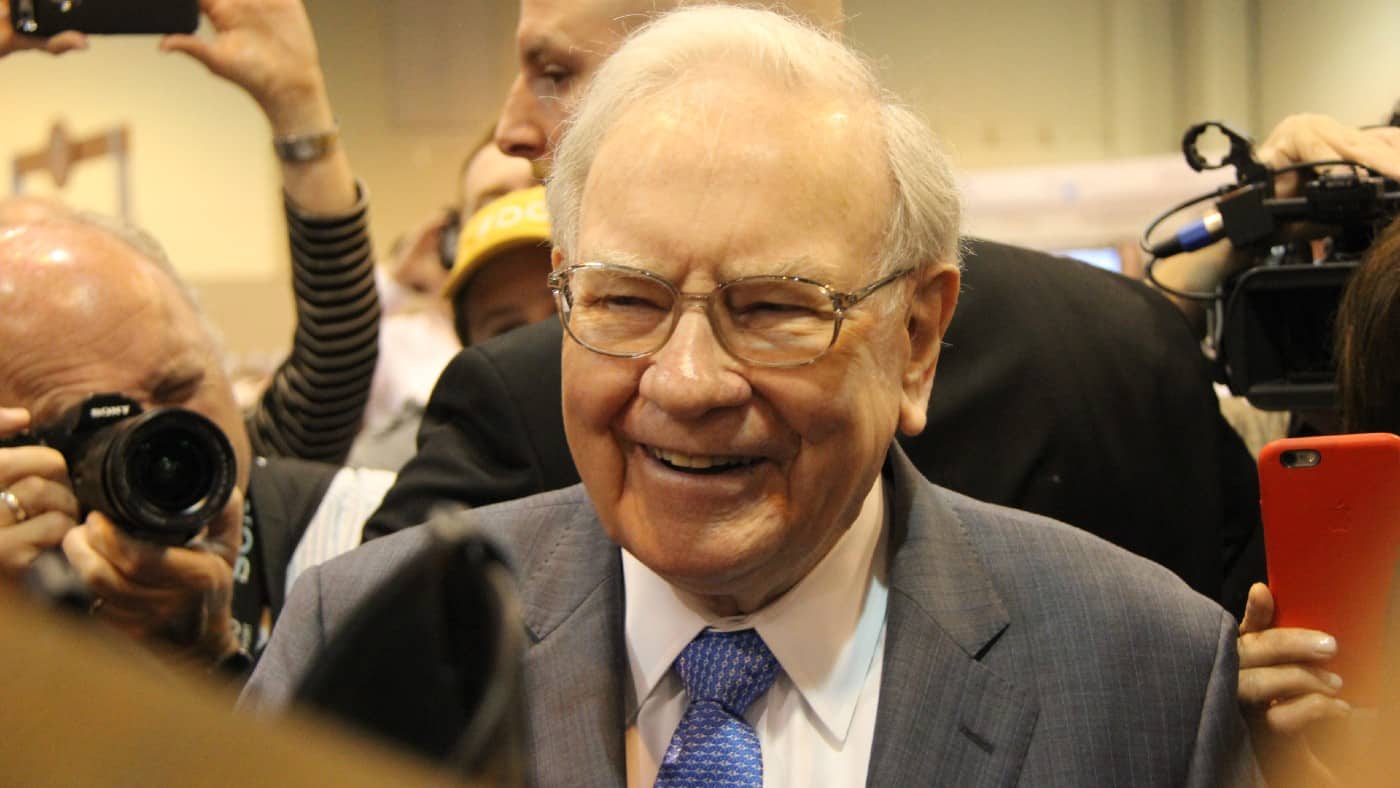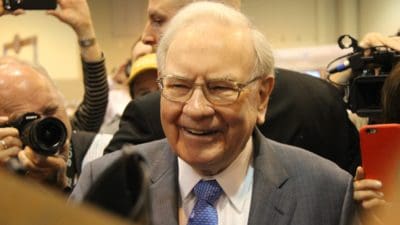If I wanted to hunt for buried treasure or find the world’s biggest diamond, I would not try to do it without listening to some experts. When it comes to investing, rather than taking a DIY approach to share-picking strategy, I am trying to learn from proven experts. Billionaire Warren Buffett has spent decades making a fortune thanks to the way he invests in the stock market.
I think some of that Buffett approach can help me as I try to build a portfolio of shares.
Where to look
When Buffett tries to find listed companies that he thinks could be brilliant investments, where does he search? Does he try to find obscure companies in unknown markets, or shares of tiny firms?
A quick look at his portfolio makes the answer clear. His biggest holdings at the moment are Apple and Bank of America.
Basically, Warren Buffett mostly seems to look at the main board of a few large stock markets. Using that as his search venue has made him tens of billions of dollars.
I am happy to search for well-known companies listed on the London and New York stock markets. That label accurately describes the majority of my portfolio.
What to look for
But knowing where to look is one thing. Just because there is a huge diamond somewhere in a plot of land does not help me know where to dig for it.
Fortunately, I think finding ‘hidden diamonds’ in the stock market can be much easier than searching for the real thing.
They are often not even hidden, or at least they may be hiding but in plain sight. Warren Buffett looks for great companies trading at attractive valuations. Events like a stock market crash can offer an opportunity to buy into a brilliant business when its shares have suddenly collapsed in value.
Indeed, it was in a sudden price downturn that Buffett build his stake in American Express. He reckoned the cloud of a (now long forgotten) industry scandal would pass, but the enduring power of Amex’s business model would linger. Decades later, he has been proved right.
When to buy
A lot of investors spend large amounts of energy trying to time the market.
They think that a buy-low-sell-high strategy could be very lucrative. In principle that may make sense. But timing the market accurately is difficult if not impossible. If investors really knew what was going to happen next, the stock market simply would not function the way it does.
On top of that, buying low might lead one to miss out on great companies that are not exactly low-priced but still offer value. Buffett learned that lesson from his partner Charlie Munger when they bought See’s Candies and it has influenced many later stock purchases made by the Sage of Omaha, such as Apple.
Warren Buffett also does not necessarily sell high. He adopts a long-term buy-and-hold strategy. If he has bought a brilliant company and it stays that way, he figures he does not need to sell. After all, with time — hopefully — a great company can keep growing in value. That could build further wealth for shareholders.








